Assessment yoga practice for the hips
7This yoga practice for the hips will help you assess the asymmetries in your hips and give you a better idea of where the imbalances are. Do not do this practice if you have acute pain in your hips, lower back or sacrum; this in NOT a therapeutic practice. If you need help evaluating your condition, look here to find a qualified yoga therapist in your area.
This is a Hip Assessment Worksheet that you can use to record your findings. You will have time to record the asymmetries that you observe throughout the practice.
Sequence Wiz is a web-based design tool that assists yoga teachers in creating and organizing yoga practices. Choose your poses, enter the instructions and you are done!

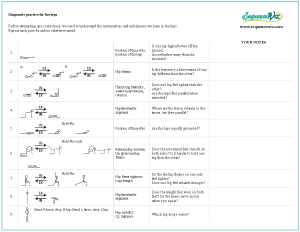
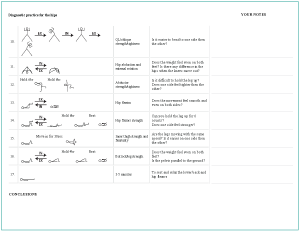

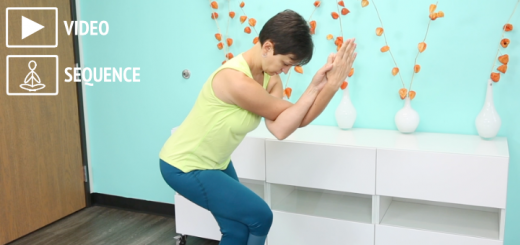

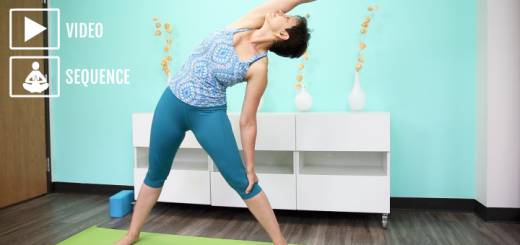
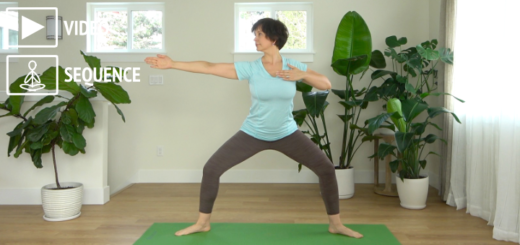















Following sequencewiz for some weeks now I want to say: I LOVE IT! It is very clear, logical and creative and it gives me fresh ideas. You are a new and well appreciated member of my Sangha of colleagues. I wish there was something I could give in return.
Hi Anna Maria! Thank you for your comment – it’s so nice to hear! There actually is something you can do, if you are up for it. In a few weeks I will be introducing a section where yoga teachers can share their practice ideas to serve as inspiration to other teachers – you can contribute, if you like! I think we would all benefit from each others experience. I just need to get the set up figured out and then I’ll send out a formal invitation to my wonderful readers. Hope you can contribute your ideas!
Argh…. read your answer to my comment only today. Sorry for not reacting! Sometimes even Yoga teachers do things in a hurry. Again: sorry! If there is still something I can do in return for these great posts I´ll be happy to do it.
Really useful, well thought. Thank you! It clarified a lot of my issues.
Happy to hear that Renata!
Would love a class that gives us insight as to what to do when we find asymmetries, I KNOW what they are but teachers don’t give tips on how to balance them. For example when doing this class perhaps, suggestions after each pose ……so we now all have the info, but don’t know what to do with it.
I feel in a similar boat. I’m very, very aware of my body. In fact, this practice basically confirmed what I had already noticed in other practices. I’ve heard that working with asymmetries often means doing one side at a time.
I’m curious if, in the whole body symmetrical poses like the child pose or savasana (sp?), I should consciously force a symmetry even if my muscles are very imbalanced. It would mean one side would not receive its full stretch which seems good for asymmetry, but bad for the health of that side.
I guess, I’m happy for the information but still not sure what to do with it.